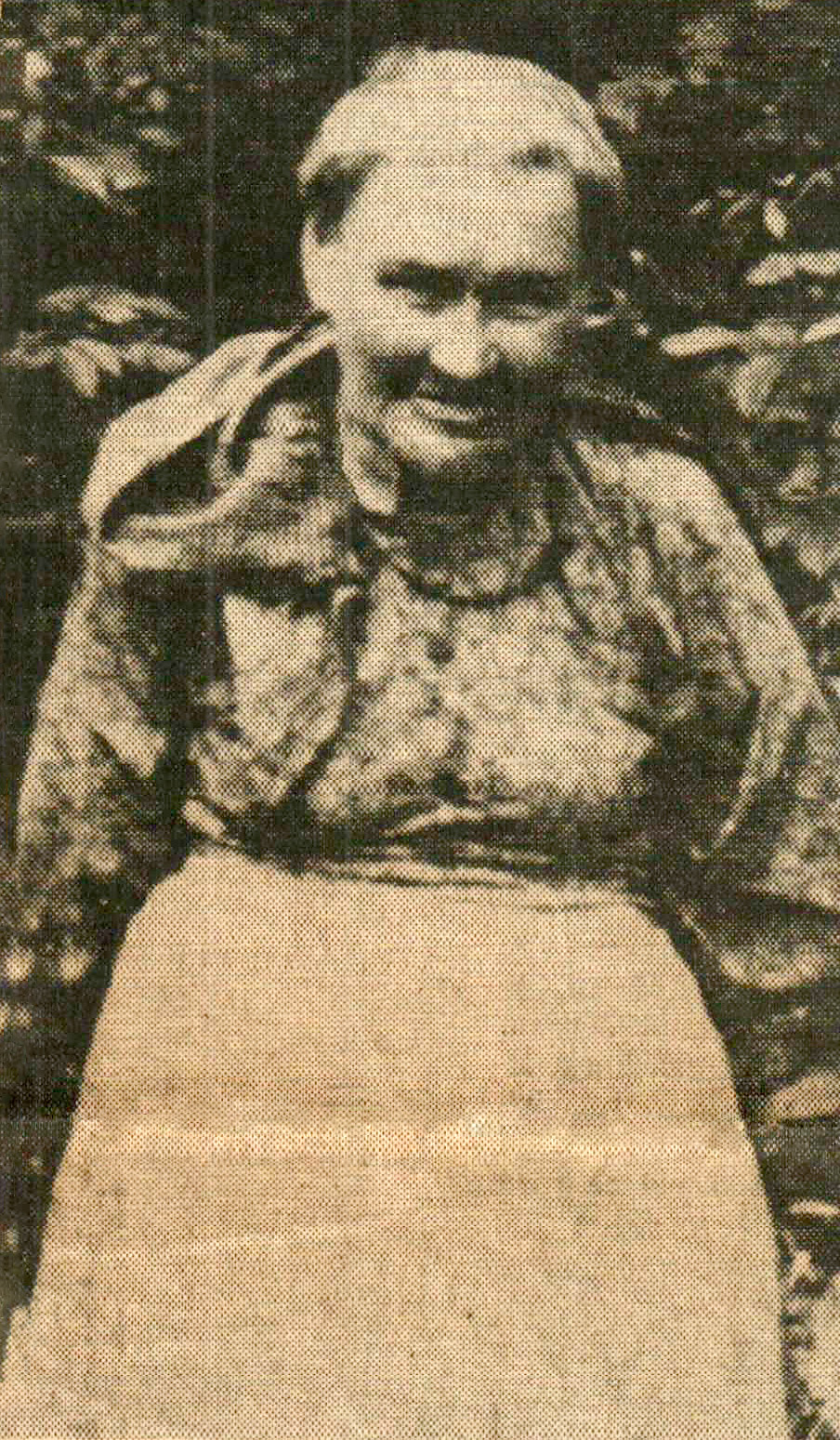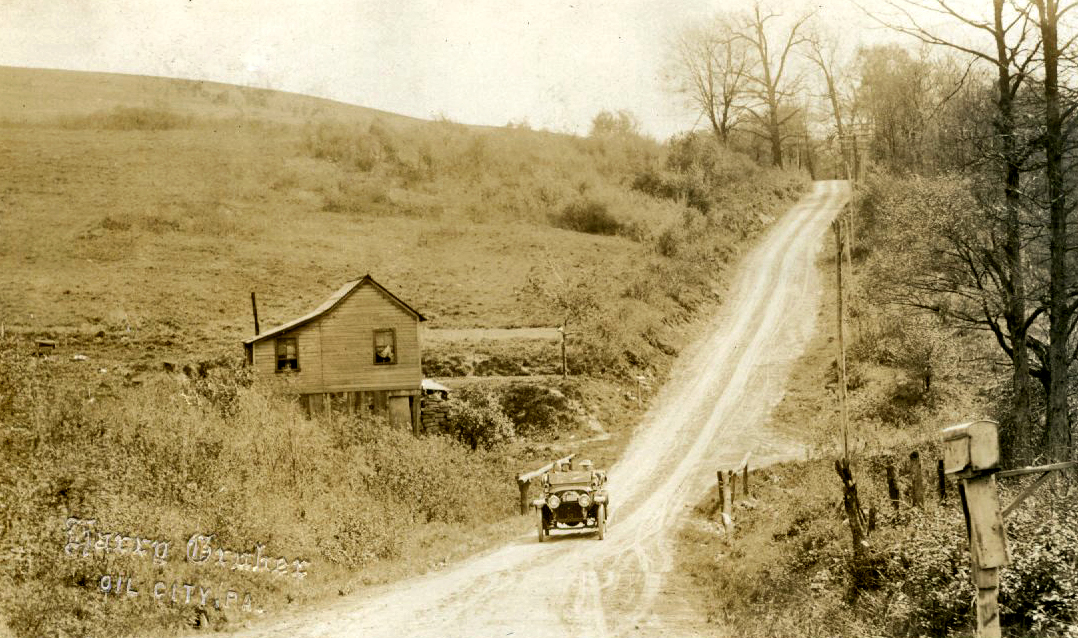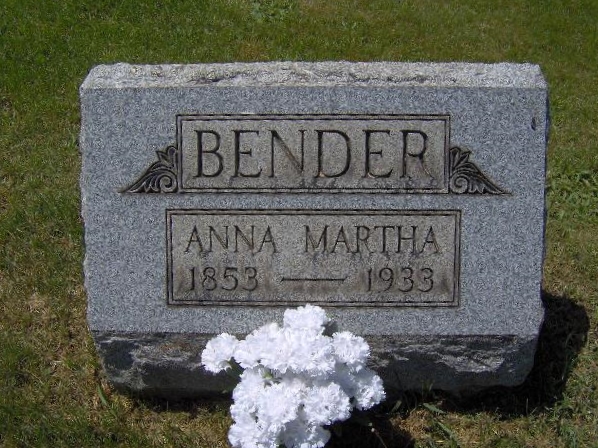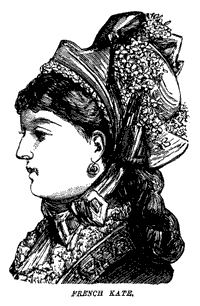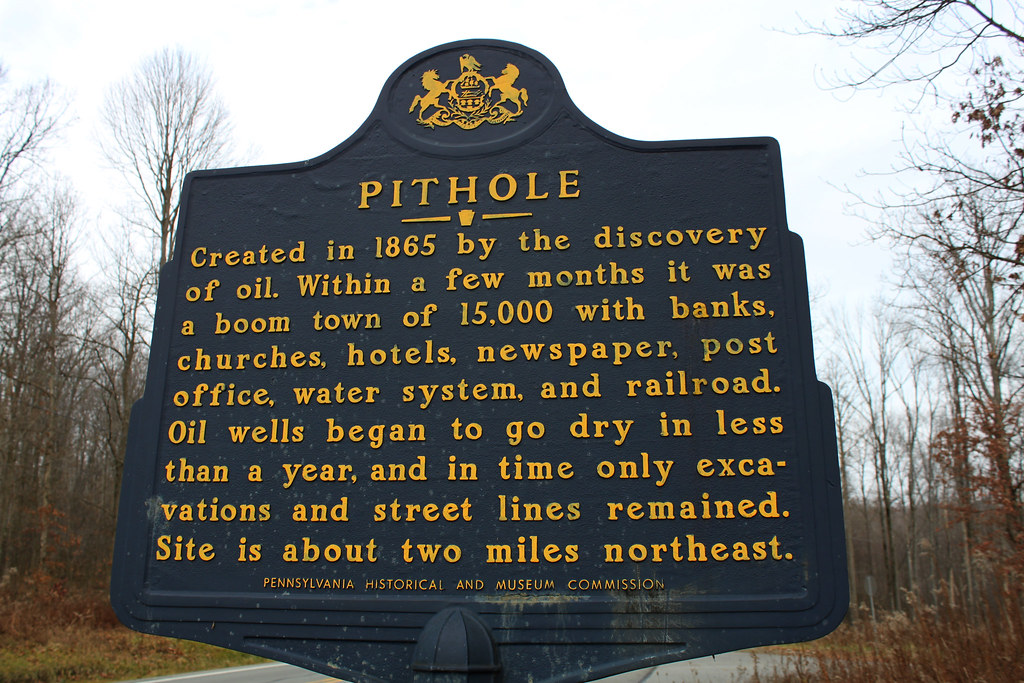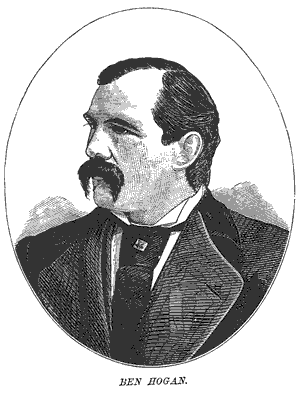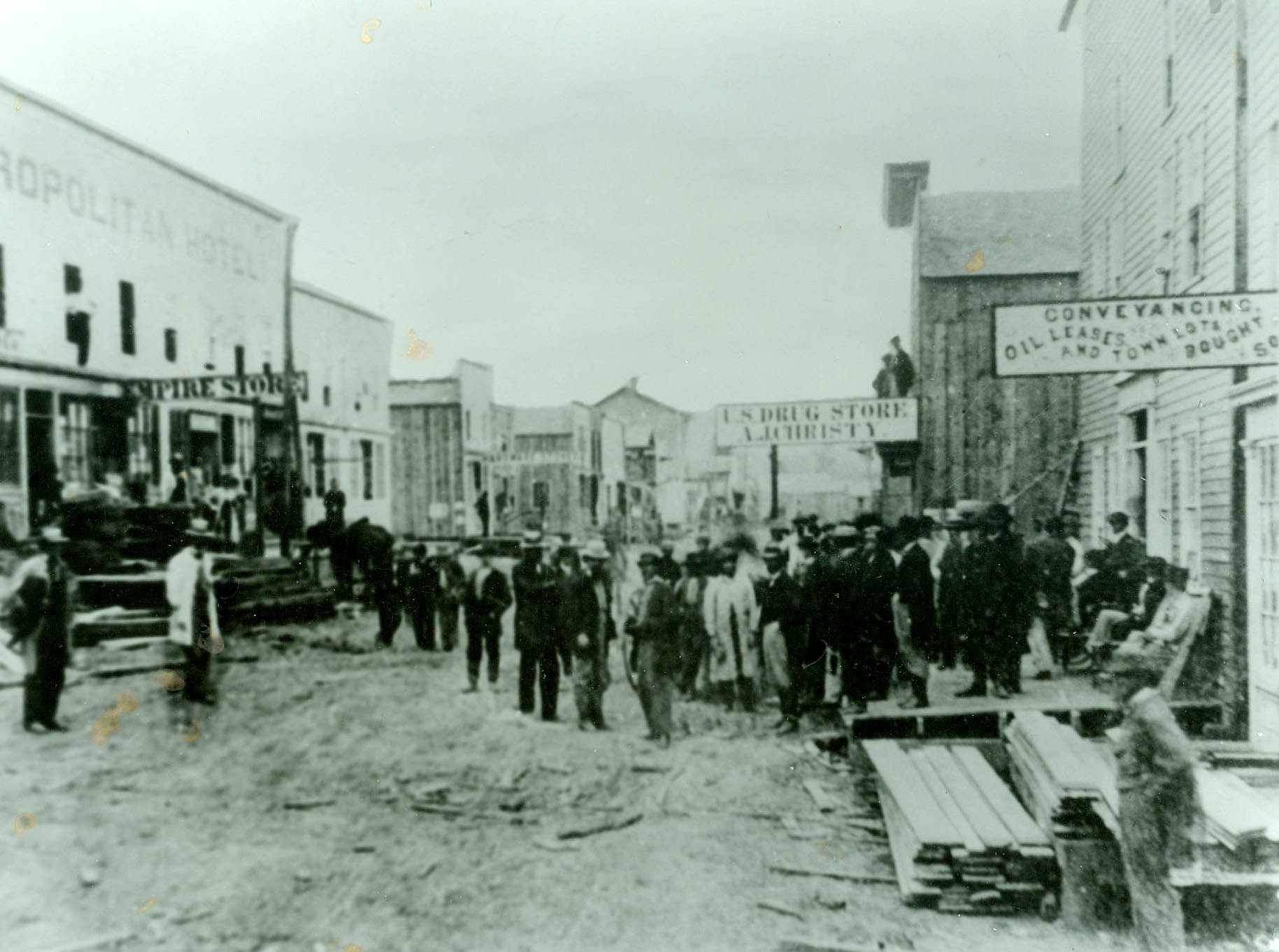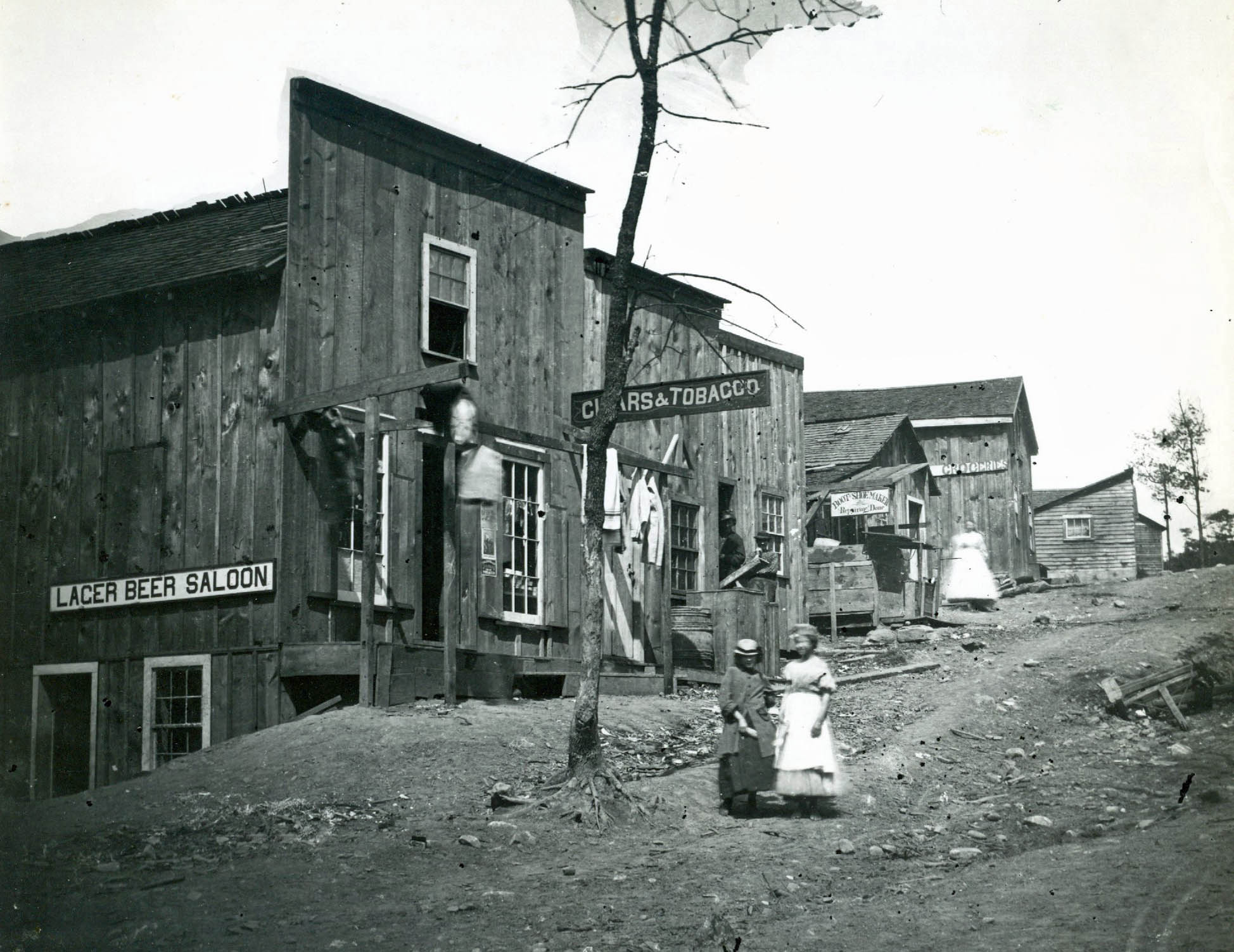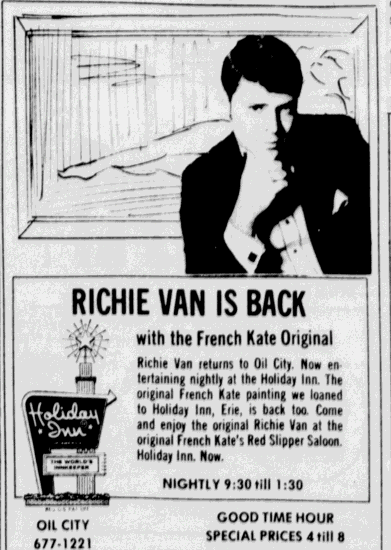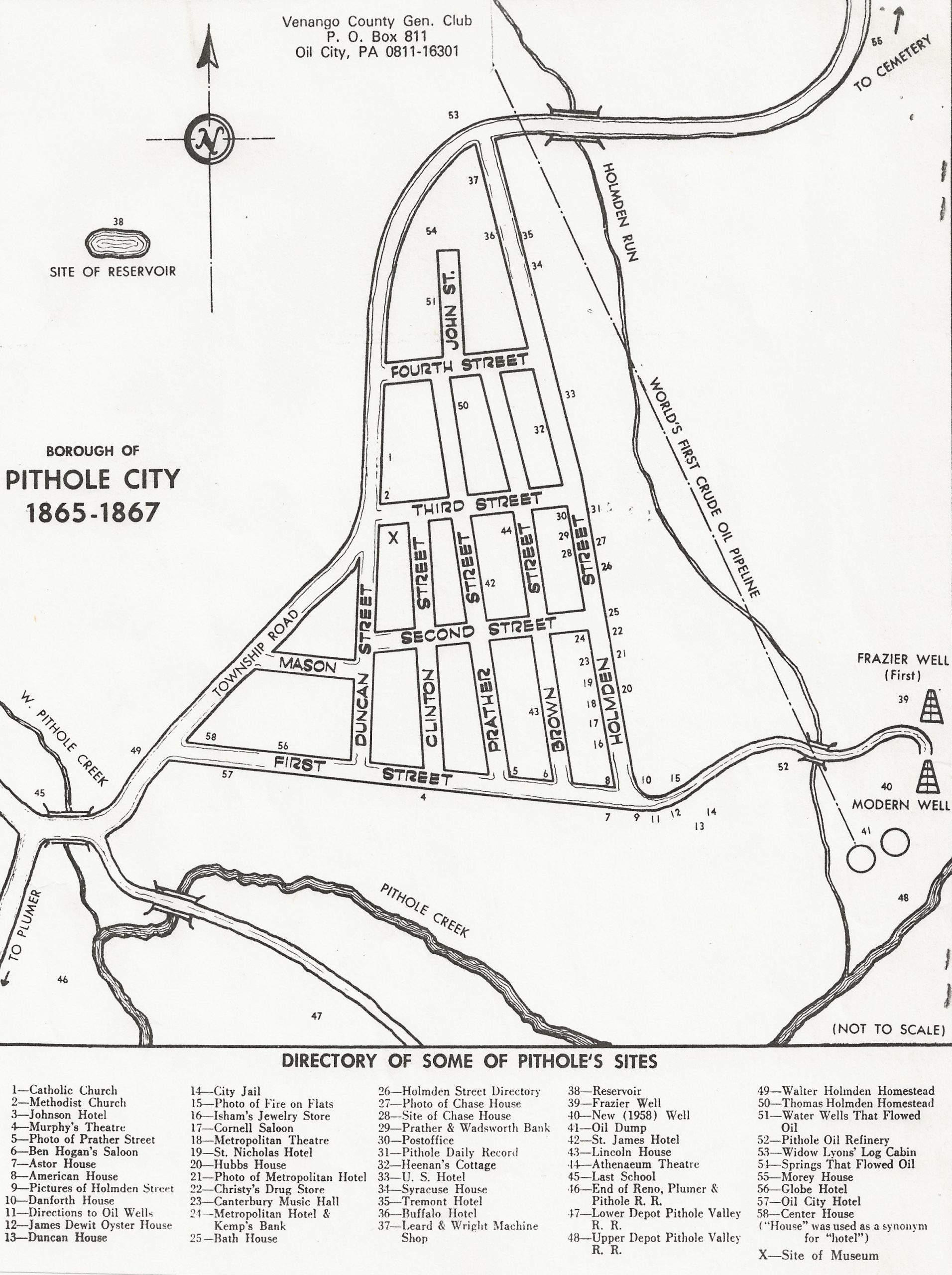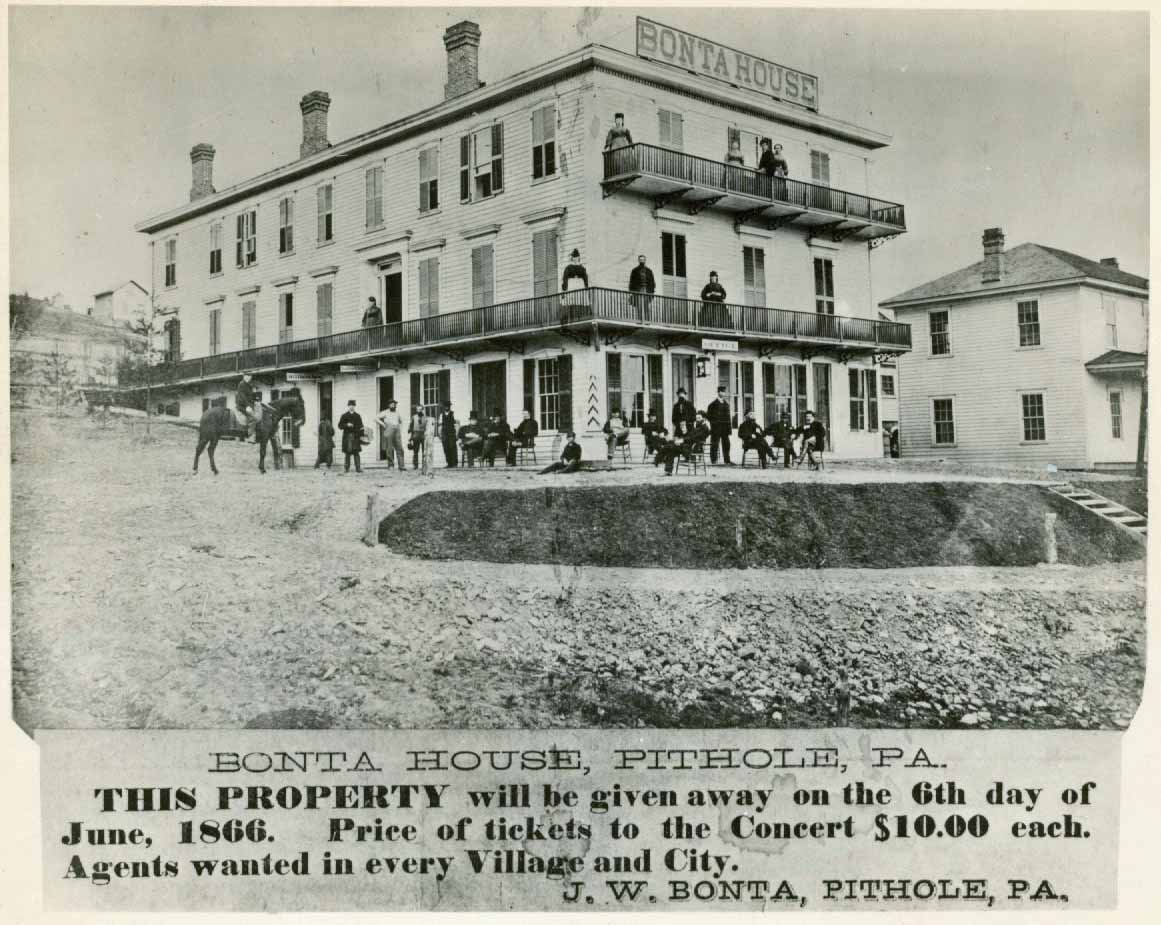Notorious Women
- Judy Etzel
- October 13, 2023
- Hidden Heritage
- 16745
The sizzling oil patch was home to scores of notable men and women in the early history of the region. Two of those area residents claimed unusual fame as a result of their notoriety. And they were women.
- Anna Martha Bender, daughter of German immigrants, was a recluse known for her unconventional way of life and possible association with a famous Colorado gang of outlaws. She lived in a shack in Cornplanter Township.
- Kate LaCount, known as French Kate, was an entertainer, saloon hostess and prostitute in Pithole and Tidioute. Described by writers as a “voluptuous redhead of slight morals,” Kate was considered a temptress of the oil region.
Anna Bender
Early U.S. Census records offer a sketchy history of Anna. She was born in the mid-1850s and may have traveled to Pennsylvania from Colorado in 1896 when she bought a 54-acre tract near Pithole from George Keyes. At the time of the purchase, Anna lived in Arapahoe County, Colorado. The story is she came by train to Petroleum Center and then walked to her newly purchased land.
Anna built a small shack, cutting her own timber and moving stones for a foundation. Newspaper accounts relate that James Waddell Sr. of Pleasantville later noted that Keyes, the property seller, said that while showing Anna the property lines, she whipped a huge knife from her boot, stripped the bark from a tree as a corner mark.”
Keyes told Waddell that from that time on, he never walked in front of Anna but always followed her whenever their paths crossed.
Anna walked into nearby towns and did most of her shopping at the small H.W. Forbes General Store in Plumer. However, she did trek into Oil City on occasion and sometimes attended services at the Trinity M.E. Church on the city’s North Side.
She always attracted attention in those communities because of her appearance. Anna wore “very coarse clothing and rubber boots” and her attire, as well as her very short hair, tall and muscular build and a heavy stride, caused many to believe she was a man. She always carried a large pole which she used as a walking stick and a defense weapon. While she had no apparent income, Anna always had enough money to buy the very few things she needed.
Anna came from a large family, according to early 1900 Census records. She had seven siblings, including David (sometimes listed as Daniel) Bender who lived on Laurel Avenue in Oil City.
The self-styled recluse would have nothing to do with her family or her neighbors. Some nearby residents brought food to her but Anna refused to accept the contributions and would not engage in conversation. At one point, a local police officer accompanied a woman who said she was Anna’s niece to the Bender shack. The niece, who wanted to tell Anna that her brother had died, was turned away.
While very private, Anna was widely known. Children attending the Morrison School near Pleasantville were frightened of her when she would walk past the school. “She would scold and threaten them, using language unbecoming to a lady,” noted a public report.
In 1914, her shanty burned to the ground and Anna walked seven miles to Rouseville where she appeared before Justice of the Peace E.A. Myers. She told him “enemies” had burned her home and she was without money to quickly rebuild. She asked if she “could go to the county” poorhouse for 30 days until she could raise money through the sale of property she owned in Colorado.
Myers arranged temporary lodgings for Anna at the Oil City Police Department Jail. She was sent to Oil City via trolley but stayed only two days, leaving city hall without telling police officers.
Anna rebuilt her shack and continued her life as a hermit.
In the spring of 1933, berry pickers passed by Anna’s shack and didn’t see her anywhere.
A quick check showed she had last been seen two weeks earlier when she bought a can of kerosene at the Plumer store. Sheriff E.M. Voorhies was notified and a search party formed.
Charles Reed of Shamburg discovered Anna’s body near a path between her shanty and a spring. A water pail and dipper were found close by.
The Sheriff’s report noted there was no sign of foul play and Anna was believed to have had either a heart attack or fell, hit her head and died of exposure.
In sorting out her financial affairs, authorities learned Anna had owned her land and had two certificates of deposit, amounting to a total of about $1,200, in First National Bank of Oil City. The certificates were discovered sewed in a bag concealed in the dress she was wearing when she died. There was also evidence that Anna owned property in Colorado.There were costs, too, involved in the estate and her nephew, Christian Leffler of Berea, Ohio, settled the debt by buying Anna’s property for $325 in 1934.
Anna was buried next to her parents in St. Mark Cemetery near Kossuth, Clarion County.
The tales of her possible association with the Bender Gang prompted people to believe she had buried gold on her property. The legend resulted in some individuals digging around the foundation of her shanty over the years.
French Kate
In mid-July 1865, the small community of Pithole listed about 2,000 residents who were engaged in the oil business in nearby settlements. Two gushers, the Frazier Well and the Homestead Well, gave a dramatic boost to the town and within weeks, the population had swelled to 15,000 people.
There were 57 hotels and boarding houses, dozens of theaters, saloons and gambling halls in the town known as the Queen City of Oildom. One of its newest residents was Kate LaCount (or LeCount), a woman who was rumored to have been “a kept woman” in Washington D.C. where she was quite popular with congressmen.
“No newcomer, not even a Harvard boy, would have ever mistaken French Kate (a nickname supposedly reflecting Kate’s love-making in the French style… [that] could make even a teamster blush) for a deaconess,” wrote author Hildegarde Dolson. “She had a haughty Romanesque nose, full pouty lips, a bosom made for cleavage and a voice like a sliding trombone. A woman with a voluptuous figure whose sole reason for beautification was to attract paying customers.”
Dolson added, “She was a double-barrelled version of the nursery rhyme: ‘And when she was bad, she was horrid!’”
Pithole, a center of oil frenzy, drew hundreds of Civil War veterans north to seek their fortunes. At its peak, there were some 400 prostitutes, thousands of young Irish immigrant veterans who were working as teamsters, and scores of shop owners.
Kate was working as a call girl at Madam Venton’s Dance House in Pithole in 1866 when she met Ben Hogan who had been hired as manager. Hogan’s background included ship cabin boy, pugilist, cardshark, blockade runner and spy in the Civil War, pirate, and more. In the war, Hogan was rumored to have volunteered numerous times to receive a $600-per-enlistment fee and also to have served as a Confederate spy. He was arrested and sentenced to execution for crimes against the government but was supposedly pardoned by President Lincoln.
Kate and Ben, who described himself as “the wickedest man in the world”, set up a partnership and opened up Hogan’s Dance Hall on First Street between Holmden and Brown Streets. It was reported to feature 15 girls who could “converse in six languages.”
Their ill-gotten gains included admission fees paid by those wanting to see Hogan do strength or boxing exhibitions, crooked card games, blackmail of prominent area residents who had frequented the hall, and more.
In April 1866, Kate was arrested in Pithole for running a bawdy house and selling liquor without a license. A grand jury in Franklin indicted her on both counts but the case never went to trial. At that, Kate and Ben relocated to a large building in the woods above Eagle Rock on the Allegheny River. They opened a small gambling hall and brothel there called the Hunky Dory. Soon, though, they moved again to the town of Babylon, a settlement of former Pithole residents near Tidioute.
A late August 1866 advertisement featured “naked girls competing in foot races” supervised by Kate.
There were printed reports that young women were dressed up like boys and taken on road trips to various oil camps nearby. Tents were set up to feature female acrobatics, boxing matches, gambling and drinking. The couple was charged with maintaining a disorderly house and fined.
Hogan, though, defended their business and said he was running “a gymnasium where members of both sexes may enjoy wholesome exercise, using the different parts of the body in such a way as to bring all the muscles into play.”
The pair was arrested again in February 1867 after a brawl in which Kate pulled a gun and wounded two hoodlums. The judge at Tidioute let them off, noting he approved of Kate’s “judicious shooting … of the town thugs.”
There was an outburst at the hearing from a minister who screamed to Kate, “I know you, painted daughter of Jezebel.” Giggling, Kate replied, “I don’t remember you. What night were you out?”
Kate and Ben then turned to running a floating brothel and bar on the Allegheny River near Parker’s Landing. The barge, known as the Floating Palace of Pleasure, moved from one side of the river to the other (Clarion County on one side, Armstrong County on the other) depending on what authorities were after them.
The couple, though, soon began quarreling as to where they would next go. While traveling enroute to Saratoga, NY, Ben apparently gambled away all their money. Angered, Kate fired several shots at him and one clipped his ear.
They parted ways with Ben ending up in New York City where he married a mission worker in 1878 and became a traveling evangelist, ending up in Chicago. Kate’s whereabouts after their partnership dissolved are unknown.
Pithole, which at one time boasted having a post office ranked third in business volume in Pennsylvania, lasted 500 days. The boom fell apart when the natural gas needed to push the oil to the surface was exhausted and the production from the wells plummeted.
PLEASE NOTE:
Hidden Heritage has produced 61 volumes since its inception in May of 2021. While there are still many more stories to share about Oil City’s eventful past, it is time for a brief intermission. This volume will be the last to publish before Hidden Heritage takes a hiatus until further notice. We want to thank our readers for all the support & encourage you to read published volumes on our website at oilregionlibraries.org/hidden-heritage, where they will remain freely available for the foreseeable future. If you’d like to purchase volumes in bulk, 4 compendiums are available at the Oil City Library. We look forward to bringing you more stories in the future!
– Judy, Kay & Natalie
Written by Judy Etzel with research by Kay Dawson and design by Natalie Cubbon.
HIDDEN HERITAGE IS SPONSORED BY:
Helen & Dave Heinzer
Support This Project
Donations to the library are appreciated to help offset printing costs & make this project possible! Want to become a sponsor? Email us at promotions@oilregionlibraries.org to get started!
Make a Donation
